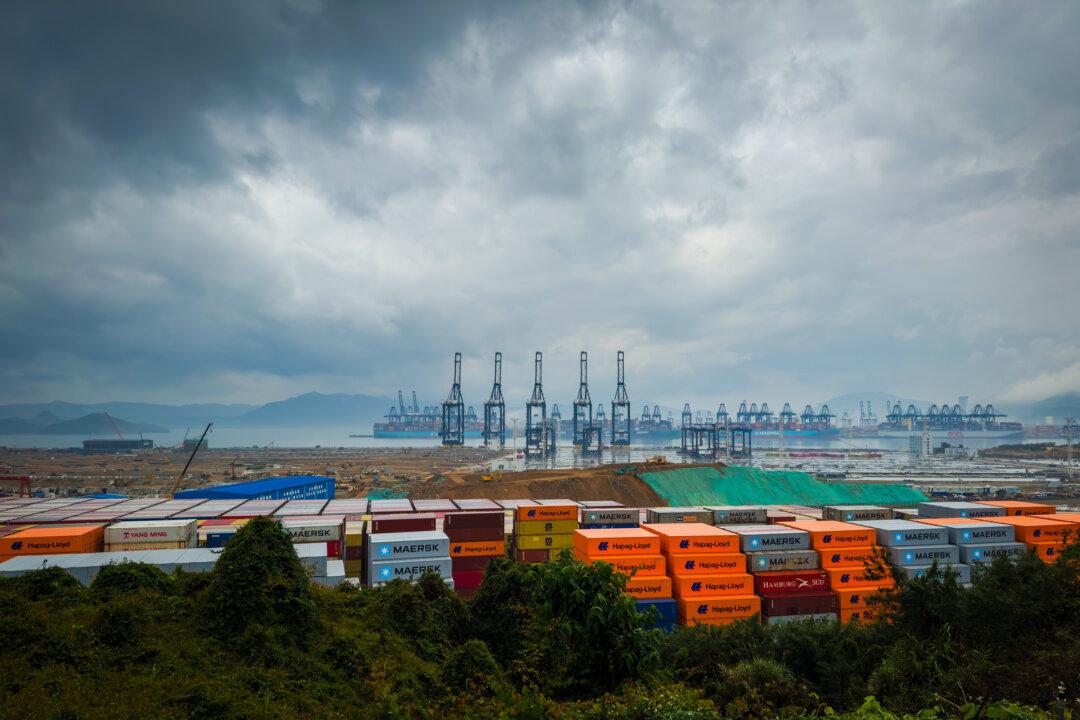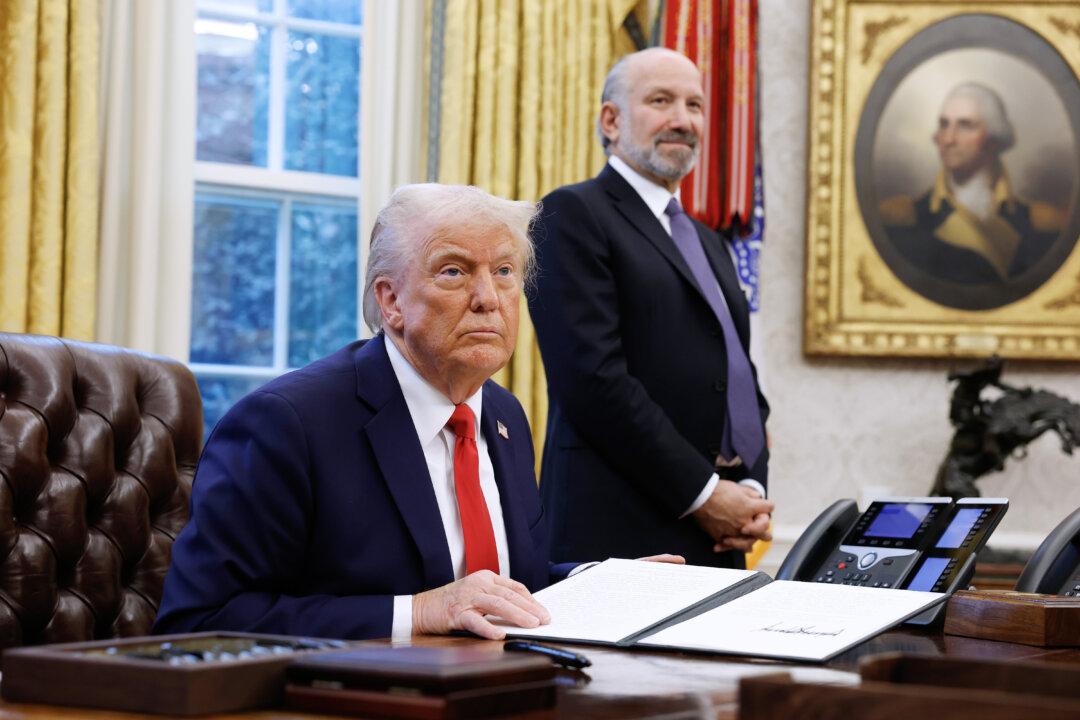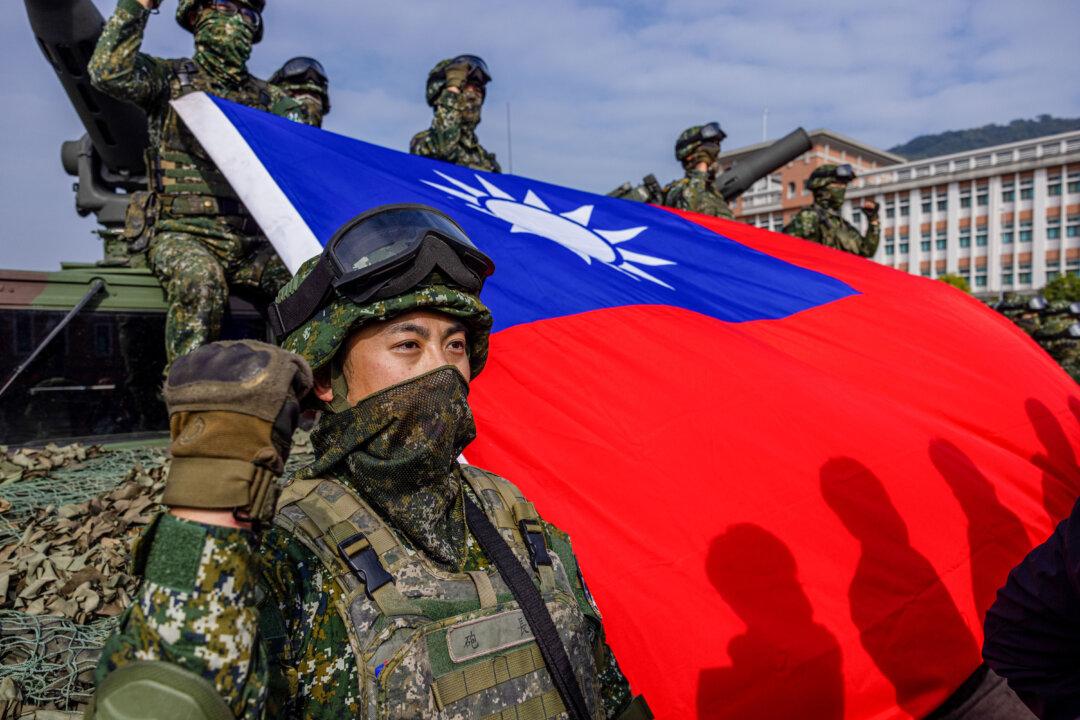What’s motivating Japan and Prime Minister Kishida? The People’s Republic of China (PRC). Xi Jinping has succeeded in getting Japan to take its defense seriously—something the Americans never had much success at.
Some Japanese were concerned about the PRC’s military threat in the early 2000s, if not before. Indeed, then-Prime Minister Abe’s efforts in 2006-2007 to establish the “Quad” alliance between the major regional democracies—Japan, Australia, the United States, and India—owed to concerns around Chinese expansion.
Japan, however, had been quietly building up its defenses all the while. By the late 2000s, for example, Japan’s “anti-submarine helicopter carriers”—lightly modified aircraft carriers—were already on hand, and the next generation was already under construction. Japanese Ground Self Defense Force (GSDF) plans to “fortify” the Nansei Shoto island chain were developed around this time too.
But China’s fishing fleet, the Chinese Coast Guard, and the Chinese Navy muscling in on Japan’s Senkaku Islands around 2012 is what really got Tokyo’s attention, spurring a faster, if measured, defensive build-up. The build-up was probably too measured, however. The Chinese have not let up around Japan’s southern islands, and the Japan Self Defense Force (JSDF) and the Japanese Coast Guard are overstretched down south. That’s not surprising given that from 2016-2020, the People’s Liberation Army Navy launched about as many ships as were in the entire Japanese naval fleet.
In recent years, Japan’s moves to strengthen defense have seemed more pronounced and are moving faster, with Kishida’s announced doubling of defense spending, in particular, really getting people’s attention. Japanese defense guidelines no longer beat around the bush and now describe China as the problem that needs addressing.
By and large, Japan recognizes that there’s no deal to be cut with the PRC. And Japan is being forced to protect itself.
Would the North Korean threat have caused Japan to bolster its defenses to this degree? I doubt it. That would have been mostly a matter of beefing up missile defenses, and maybe acquiring some long-range missiles—the so-called counter-strike weapons needed to hit targets in North Korea.
Japan’s move to strengthen its defense is also partly motivated by fears that the United States may not defend Japan if the Asian country doesn’t do enough itself. Indeed, Tokyo has always fretted about “Japan passing”—or, in other words, the Americans losing interest in Japan and even reaching an accommodation with China that would leave Japan on its own.

Was it hard for Japan to shed its post-war pacifism?
How Much of a Challenge Is It for Japan to Improve Its Military So Rapidly? Is It Too Late?
Is it too late? Maybe, maybe not. Tokyo should have started moving faster at least a decade ago. But this is always the case when free nations wake up and realize they are at risk from aggressive, dictatorial regimes. It’s always later than it should be.Japan isn’t starting from scratch, however. It has the makings of a force that can deliver some punch. But owing to—mostly self-imposed—restraints placed on JSDF development, it’s a somewhat misshapen and undersized force. The Maritime Self-Defense Force (MSDF), for example, ought to be twice its size in order to handle current missions. The Air Self Defense Force (ASDF) is not well integrated with the other services, and seems to prefer flying around at 30,000 feet looking for a dogfight. It’s also smaller than it should be.
The GSDF has made some good progress in the last decade in becoming a more mobile force—as evidenced by the Amphibious Rapid Deployment Brigade—and it’s even able to work with MSDF more than one imagines. But the GSDF has to overcome decades of being focused on defending Hokkaido from a Russian invasion—one that never came.
The JSDF needs to figure out joint (or combined) operations, so that the three JSDF services can operate together. Otherwise, it’s not even the sum of its parts. There’s a move afoot to get this capability in place, but it will be a few years—and even then mastering joint/combined ops takes time and practice.
Recruitment is another problem. The JSDF has been missing its targets by 20 percent for years. This isn’t because of the shrinking population, however. It’s more because service in the JSDF has never been a respected profession—owing to governments, media, and academia doing their best to humiliate and handcuff the JSDF for decades. Also, service in the JSDF is poorly compensated, the living conditions almost slum-like, and it has nothing like the benefits of serving in the U.S. forces.
Announcing that Japan will double defense spending was the easy part: Spending it on the right things is the hard part. Japan really doesn’t know what it needs—either capability-wise or hardware-wise—to fight a war. Hopefully, the U.S. side will quietly dispatch some good war planners to Japan, link them with the right people, and have them lay out what is needed (and what the United States needs from Japan as well). It would save a lot of time, wasted effort, and money.

Some other shortcomings that need to be addressed—and fast—are the practical issues of logistics, war stocks, casualty handling and replacements, mobilization processes, civil defense, and the like. It’s hard to fight a war if these aren’t in place and, in Japan’s case, they are not ready.
The ability to operate together with U.S. forces also needs a lot of work. Cooperation between the two navies is pretty good, but beyond that, things need a lot of development. You’d have no idea the Americans and the Japanese have had a defense relationship for 60-plus years, given how lacking the two militaries are in this respect.
Would Japan Play an Active Role in Any US-China Conflict Over Taiwan?
It had better. If Japan doesn’t pitch in, the U.S.-Japan alliance will collapse in short order. Ironically, but not surprisingly, I heard a Japanese scholar say not long ago that if the United States did not fight to defend Taiwan, the Japanese would leave the alliance. No mention of Japan doing its part in the fighting, however. Indeed, he pointed out how it would be hard from a legal perspective, and would also upset Japan’s economic ties with the PRC. Fortunately, most Japanese are more tuned in than this fellow.Japan is well aware that “Taiwan’s defense is Japan’s defense.” JSDF officers were saying this years ago, but now it’s widely understood.
Japan will look to see what the Americans are going to do, and then figure out what Japan will do. That’s not unusual.
I expect that Japan will deploy the JSDF—particularly the Navy and Air Force—and will back up the Americans, including doing some “shooting.” The Ground Self Defense Force will be active down in the Nansei Shoto islands with surveillance and long-range weaponry, and maybe even operating with U.S. Marines.
Unfortunately, it doesn’t appear that Japan is doing the necessary planning for a Taiwan contingency, and it is unclear if the Japanese and the Americans have a joint plan either. Perhaps the idea is to ‘wing it’ if something happens. That’s a good way to lose.
Stepping back and taking stock, Japan has made a lot of progress. If you knew about Japan’s defense situation several decades ago, it is almost unrecognizable today. But there remains a lot to do and little time to do it.





